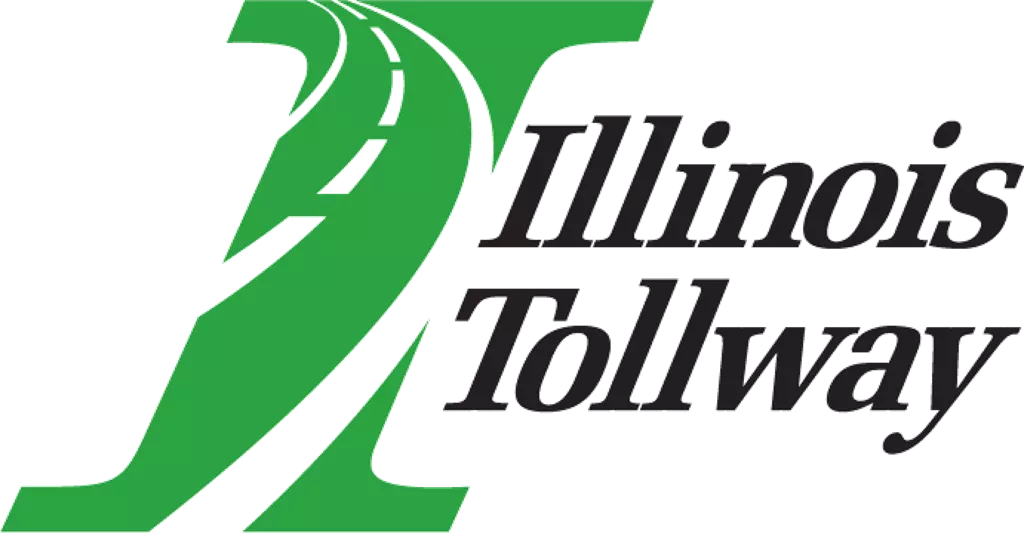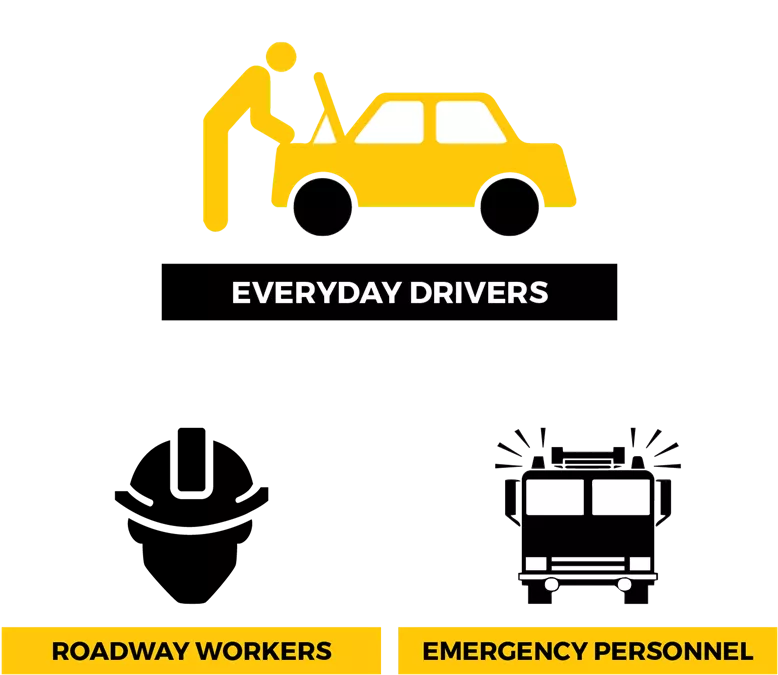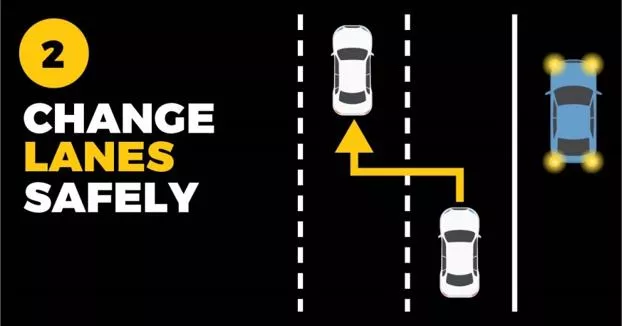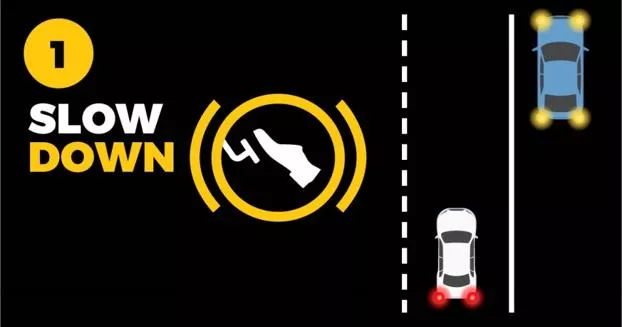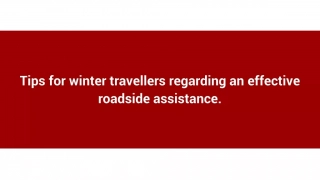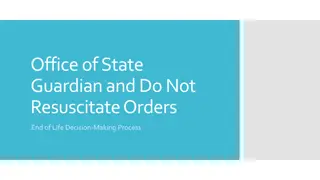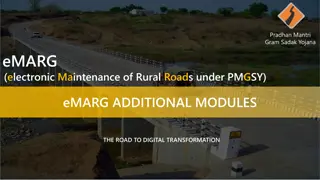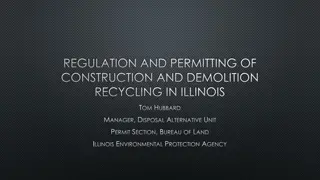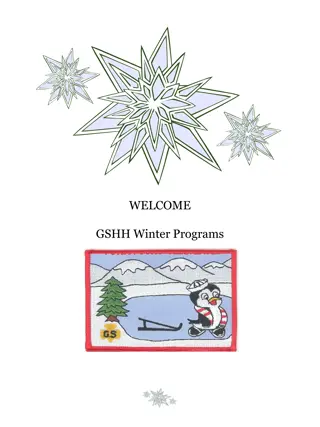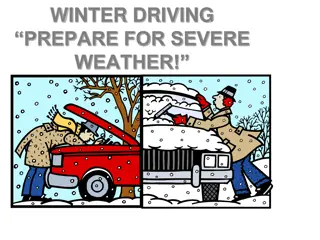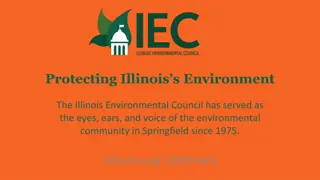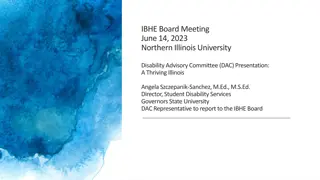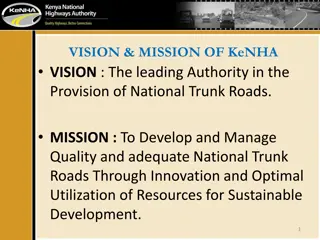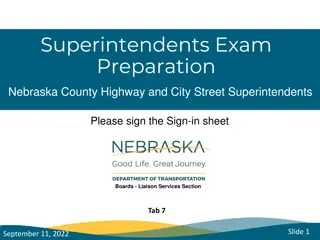Winter Operations on Illinois Tollway: Ensuring Safe and Clear Roads
The Illinois Tollway takes winter operations seriously by providing essential facts and a clear mission statement. With a focus on mechanical snow removal and the implementation of the Move Over Law, the Tollway ensures safe and efficient travel during winter months.
Download Presentation

Please find below an Image/Link to download the presentation.
The content on the website is provided AS IS for your information and personal use only. It may not be sold, licensed, or shared on other websites without obtaining consent from the author. Download presentation by click this link. If you encounter any issues during the download, it is possible that the publisher has removed the file from their server.
E N D
Presentation Transcript
NAVIGATING THE WINTER WITH THE ILLINOIS TOLLWAY Joseph Dragovich Roadway District 1 Manager
The Move Over Law requires passing drivers to slow down and change lanes safely when approaching ANY vehicle with their hazard lights on, not just emergency and maintenance vehicles. WHAT TO DO when you see ANY vehicle with flashing lights
ILLINOIS TOLLWAY FACTS System opened 1958 Currently operate 294 center lane miles/2,200 total lane miles Five interstates include: Tri-State Tollway (I-94/I-294/I-80) Jane Addams Memorial Tollway (I-90) Reagan Memorial Tollway (I-88) Veterans Memorial Tollway (I-355) Elgin - O Hare (I-390) opened July 2016
WINTER OPERATION FACTS 12 maintenance sections with 16 salt domes 103,000 tons of total bulk salt capacity 24/7 operation Enhanced shift staffing November through April Off-hour staffing to handle minor snow events Can mobilize full crews in less than two hours 195 total snow routes
WINTER MISSION STATEMENT The Illinois Tollway is dedicated to providing clear and safe pavement such that the existence of adverse weather will not affect the free flow of people, goods and services across the Tollway system
MECHANICAL REMOVAL OF SNOW Primary means of snow removal Standard carbon steel plow blades Tested Kupper Blades Plow-saver feature Tandem plowing Spread de-icing materials only when necessary at appropriate spread rate for conditions Plow shoulders and gore points throughout the weather event Reduces cleanup efforts Reduces quantities of de-icing materials used during cleanup operations
PLOW-SAVER FEATURE Takes most of the plow s full weight off the cutting edge and transfers it to the front axle Meters hydraulic oil pressure to the plow-lift cylinder Reduces potential for plow jamming and tripping on obstructions such as bridge dams Reduces the wear rate of the cutting edge, significantly increasing blade life Provides greater stability of handling and steering, particularly on ramps and turns Eliminates the need for plow shoes Minimizes incidental plow damage
TANDEM PLOWING Most effective method of removing large accumulations of snow from the roadway Requires specific training and a coordinated effort All mainline trucks equipped with wing plows All lanes plowed to the right Minimizes excess snow on median shoulder Ramp trucks may assist Uses traffic Reduces cleanup after the storm event
TECHNOLOGY ON THE ROAD 19 roadway weather information stations (R.W.I.S) Web-based, full access from any computer All plow trucks equipped with air and pavement temperature sensors Fully calibrated, computer-controlled spreaders All trucks equipped with automatic vehicle location systems (AVL) Monitor plowing speed Monitor assigned spread rates Ability to verify route timing
DECENTRALIZED OPERATIONS Each maintenance section has two supervisors Field staff have authority and are expected to adjust storm event game plan according to conditions Snow intensity (light, moderate, heavy) Rapid accumulation (1 inch or more per hour) Traffic (peak, off-peak) Temperatures Manpower Spread rates
2017-2018 WINTER SEASON Tollway documented 21 snow events Included three freezing rain/ice events 33 inches of snow 61,000 Tons of Salt used 7800 tons of Abrasives 33,500 gals. of Calcium Chloride 41,000 gals of BEET HEET Lessons learned
SALT CONSERVATION Driven by environmental and fiscal realities Strike a balance between environmental impacts and providing safe level of service for customers Off-peak spreading reduced in favor of plowing Field decisions constantly monitored and reviewed by supervisory staff Computerized, hourly condition reporting by maintenance site staff
QUESTIONS? Joseph Dragovich Illinois Tollway Roadway District 1 Manager 630-241-6800, ext. 3911 jdragovich@getipass.com

 undefined
undefined
